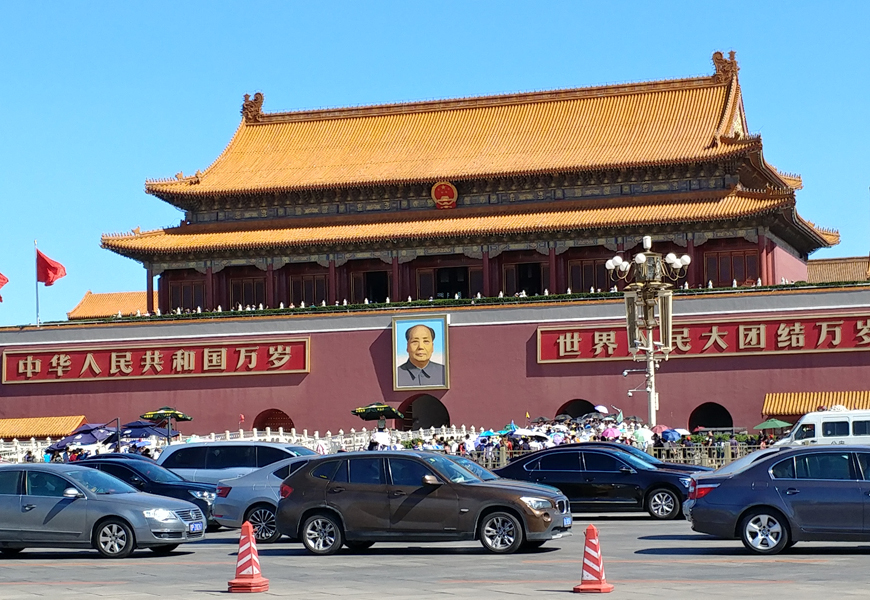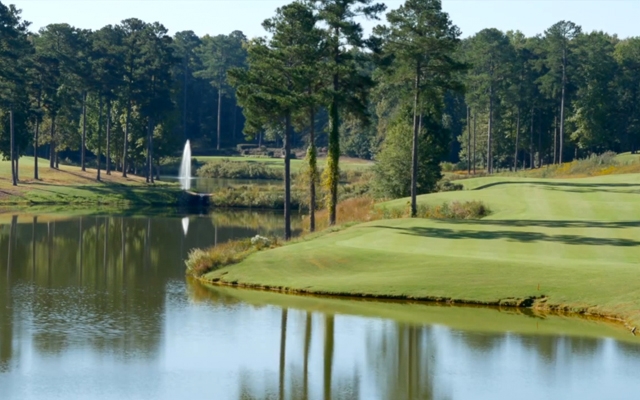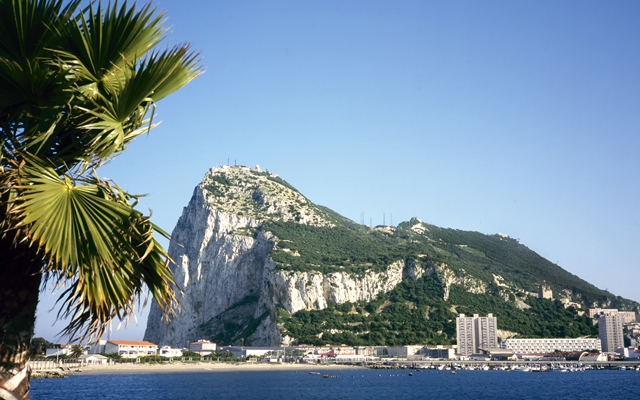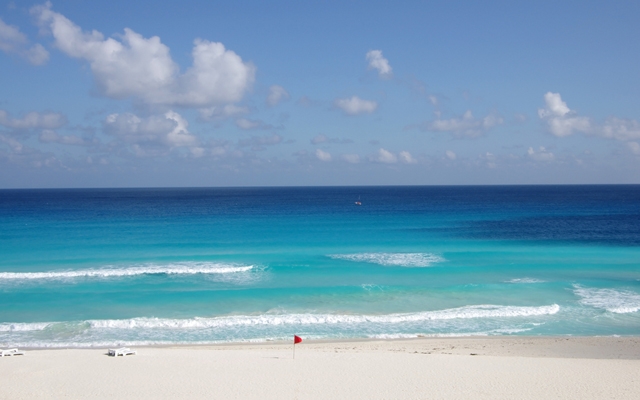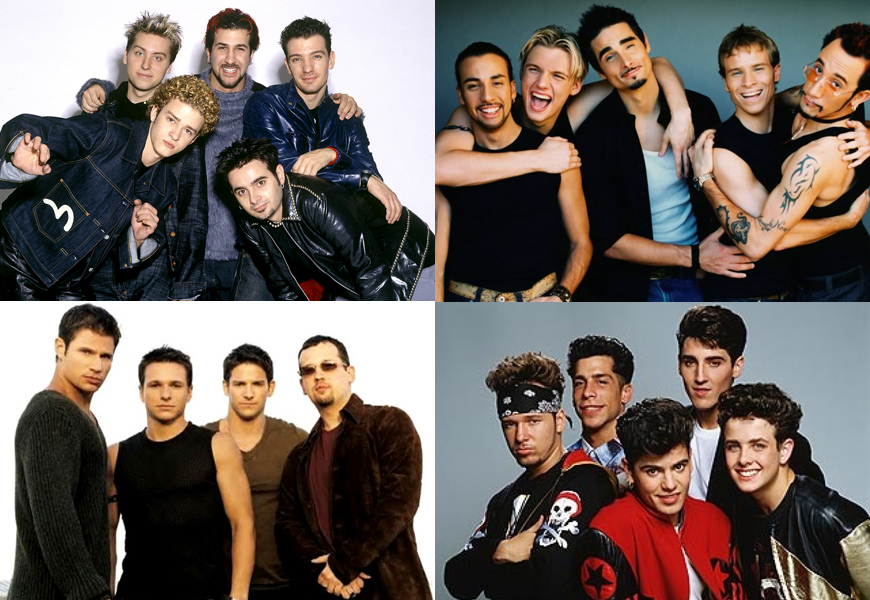With headlines screaming of the largest trade war in history, the United States and China began dueling tariffs July 6. Though the two governments are growling at each other, don’t let that stop you from embarking on a trade mission of your own, exploring the rich culture and history of what Beijing, China’s capital, has to offer.
Beijing’s 22 million people is a relative blip of China’s 1.4 billion population. To put it in perspective, it’s roughly how many people live in Florida.
The city hosted the 2008 Summer Olympics, and will host the 2022 Winter Olympics.
Beijing welcomes about four million overseas tourists each year, and almost 300 million domestic tourists. Flights from Toronto can be as low as $670, or as costly as $1,100 depending on season and airline. Below, a sample of touring for a brief trip:
What to do?
The obligatory first stop might be Tiananmen Square, for its historical significance but also that it’s adjacent to the wondrous sights of the Palace Museum (also known as Forbidden City.)
Visitors will quickly note that the Square is but several football field’s worth of empty space, much of it requiring visitors to follow a strictly-enforced snaking barrier that can be difficult to navigate.
The Palace Museum, adorned with the iconic right-angle ornate rooftops, is the former Chinese emperor residences from the Ming dynasty (1420) to the end of the Qing dynasty (1912). Called the Forbidden City because it was restricted to royals until the 1920s, the 900-room complex measures almost a kilometer from north to south, and about 750 metres from east to west, covering more than a million square metres.
Between the seemingly endless halls and palaces, visitors can take in glimpses of select inner chambers, displaying golden thrones, ornate statues, as well as detailed antiques and antiquities. Worth checking out is another imperial residence, the Summer Palace, built as a second home for when the Forbidden City became too hot mid-year.
A cross between open-air park, and palatial complex, the visitor will note how Summer Palace’s room to room décor paintings are intensely detailed, between artwork on ceilings, pillars and doors.
Reasonably price tour packages are available through Trip Advisor, including a day-long jaunt through the Summer Palace, and the Great Wall of China, where all transportation, entry fees and tour guides are bundled in ($37 per person).
Nearest Beijing is the Badaling section of the Great Wall of China, one of the world wonders. At 18 feet high, built atop winding hilltops, the Wall was not only a barrier against invaders, but ensured that marauders had to leave their horses behind. From virtually any vantage point the vastness and complexity of the Wall can be seen. Be prepared for a thigh workout climbing the heights of the Wall, even if you shave off nine tenths of it by taking the cable car to the top.
A perfect supplement to any FitBit regimen is Beihai Park. Walk along the lake front, watching boats of all shapes and sizes cruise by, or enjoy strolling through the numerous pavilions adorned with intricate Chinese artwork, some dating back to the 17th century. Visually stunning gardens, bridges, stone monuments and life-size carvings of various animals are scattered throughout.
Visiting at least one of the ten famous Hutongs is a must-do: these are the narrow alleys bordered by courtyard residences. Bob and weave into shops selling fresh juices, milkshakes and tchotchkes, a terrific way to embrace Beijing street life.Take a rickshaw ride, but be prepared to shell out up to $90 for two people, for an hour.
Where to stay?
There’s no shortage of Western-style/franchise hotel chains in Beijing, as well as boutique inns.
Swissôtel Beijing Hong Kong Macau Centre strikes a good balance of not being too pretentious or costly, while offering an upper-end experience. It is adjacent to a subway hub, three stops in any direction to the majority of popular tourist destinations.
Where to shop?
Wangfujing Walk Street – a pedestrian mall akin to Times Square – is all the culture clash possible, Where East meets West. Feast (if you dare) on deep fried live scorpion kebabs, cockroaches on a stick, sno-cones or exotic smoothies. While stores with American brands (Olay, Victoria Secret, etc) are in every direction, shops with local wares and artisan crafts are ever-present.
For a customized experience, there are artists who’ll paint customers’ name on rice paper, alongside exquisitely minutia-obsessed Chinese cultural imagery (a fifth of the price were you to buy it near Tiananmen Square).
China is famous for its elaborate jade handiwork and Dragon Land Superior Jade Gallery houses a vast warehouse of inventory. From $30 earrings, to upper scale jewelry, to figurines, to million-dollar statues, there’s something for every budget (and souvenir hunting). Ensure a guide is available to explain the way some of the pieces are made, and where are the live demonstrations of works-in-progress.
Where to eat and drink?
The city’s most famous culinary attraction is roast duck, so ubiquitous that even the jade gallery serves it up to customers.
One of the best ways to “discover” food and drink is to pick a street, and wander.
Ghost Street is a 1.4km strip of Dongzhimennei Dajie, host to more than 150 restaurants that run the gamut of family-friendly, office chic, to Gen-Z ennui. Of especial note are the establishments that tout spicy foods.
Gongrentiyuchang Beilu Street has a different feel to it, tending to be more high-end with its cafes and eateries. Baron Rozi Restaurant KinJiang Cuisine shows off its outdoor Greco-Roman pillars, and Crayfish Master is a hipster joint with supersize-screen televisions showing off fashion shows. Glass-walled Bracket, which touts its artisan roasted coffee, is upscale enough to make business deals in.
Meanwhile, the hipster Sanlitun Soho area features Youth Club, with live entertainment like karaoke, and amateur singers. Beer comes in a gallon mini-keg plopped in the centre of the table, and food is delivered still-sizzling. First Floor, dimly-lit for ambience, serves up the likes of grilled salmon, rib-eye steak, stir-fry noodles, etc, with Chinese flavourings.
Yes, you can do all of this in 48 hours, so long as you maintain a brisk pace.

